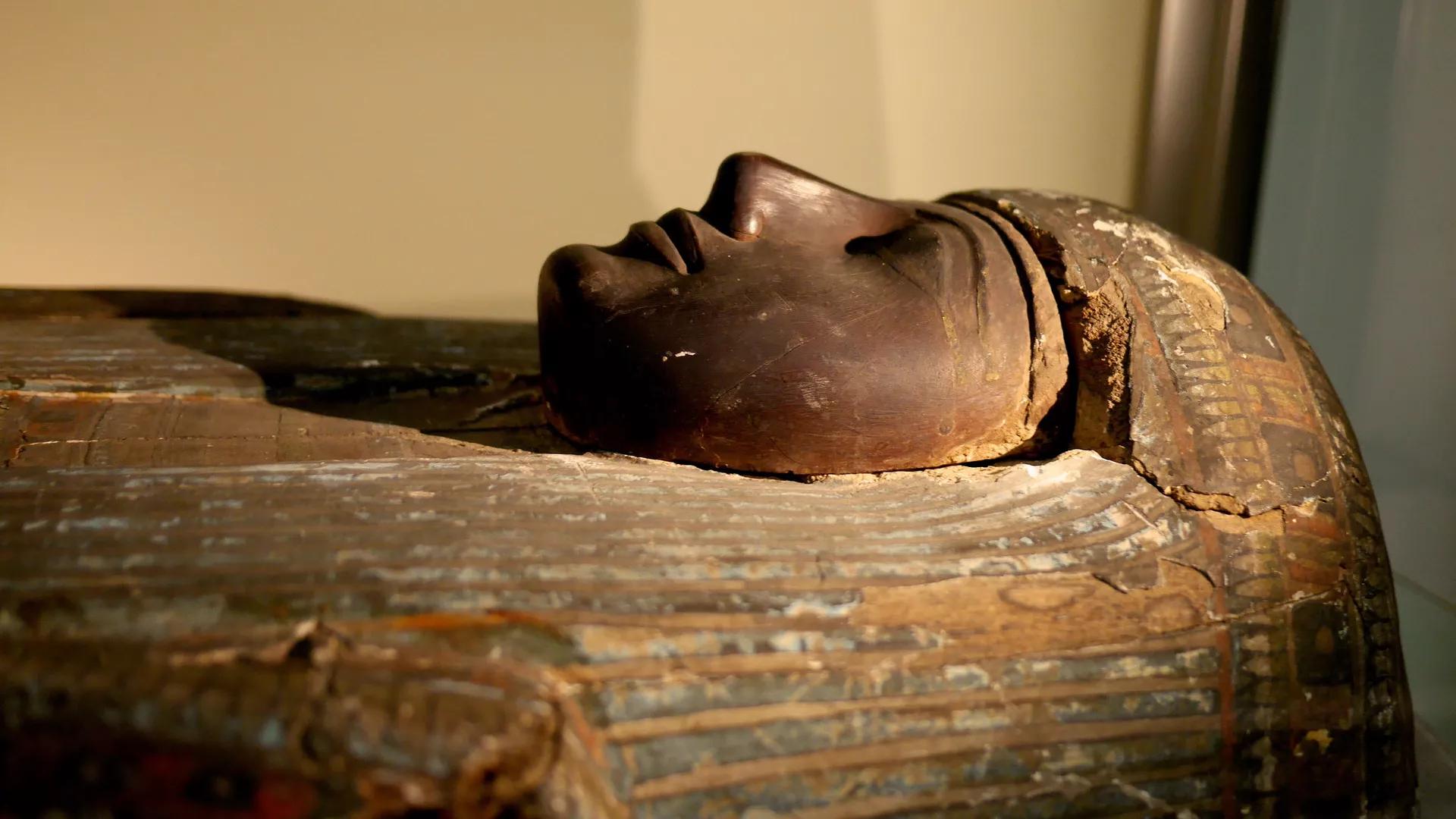Africa-Press – Rwanda. Mummification is the process of preserving a dead body as a mummy. Egyptians typically removed the major organs from a corpse as part of the mummification process.
For a long time, it was believed that mummification was about preserving bodies after death, yet a new theory states that its purpose was to help the deceased reach divinity, according to researchers from the University of Manchester’s Manchester Museum.
This misconception began with Victorian researchers, who wrongly determined that ancient Egyptians were preserving their dead just as they might preserve fish: with salt.
However, the salty substances used in these processes were different. A key ingredient in mummification was not just salt, but a naturally occurring mineral, known as natron, which was also used in temple rituals for cleansing.
Scientists point out that another material – senetjer – which literally means ‘to make divine’, is usually associated with mummies. According to this new concept, removing the internal organs and placing bodies within sarcophaguses have a deeper meaning and may symbolize giving the body divine status and the idealized image of the divine form, respectively.
For More News And Analysis About Rwanda Follow Africa-Press






